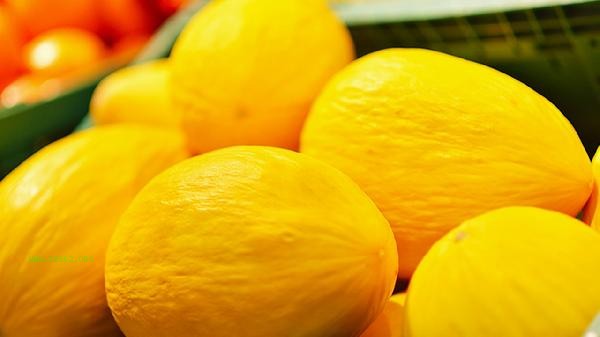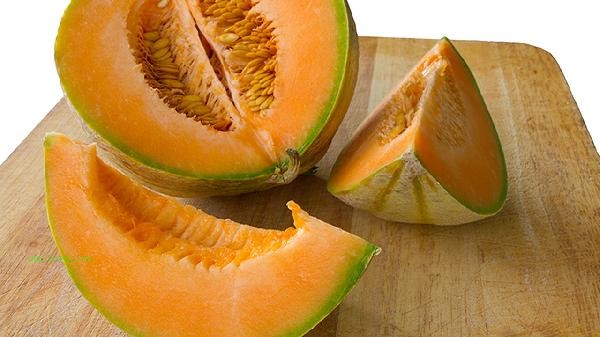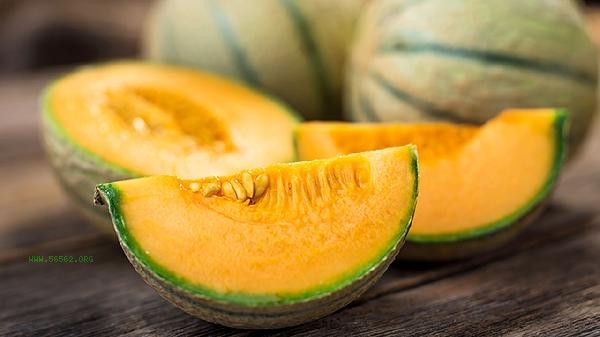Mesh melon is not a type of cantaloupe, the two belong to different varieties of cantaloupe. There are significant differences between reticulated melon and cantaloupe in terms of variety classification, appearance characteristics, taste and flavor, mainly including skin texture, flesh color, sugar distribution, planting area, storage time, etc.

The surface of the reticulated melon has obvious network cracks, and the flesh is usually orange yellow or green in color. The sweetness is evenly distributed and suitable for short-term storage. Hami melon has a smooth skin or shallow longitudinal lines, and the flesh is mostly orange red in color. The center has the highest sweetness and strong storage and transportation resistance. From a botanical classification perspective, the reticulated melon belongs to the reticulated variety of thick skinned cantaloupe, while the Hami melon is a regional cultivated variety of thick skinned cantaloupe. The two are closely related but not subordinate. In terms of nutritional content, reticulated melons have slightly higher vitamin C content, while cantaloupe has richer carotenoids, both of which are rich in potassium and dietary fiber. The differences in planting areas also reflect the independence of the two. Hami melon is mainly produced in arid areas such as Hami in Xinjiang, and relies on the temperature difference between day and night to accumulate sugar; Grid melons are planted in many places such as Shandong and Hainan, and require high humidity. Consumers can judge maturity by pressing the stem when making a purchase. For netted melons, it is recommended to choose those with prominent raised mesh patterns, while for cantaloupe, it is better to choose those that emit rich fruit aromas. Both need to be refrigerated, but cut into pieces and consumed as soon as possible to avoid bacterial growth.

It is recommended to choose according to taste preferences and nutritional needs for daily consumption. Grid melon is suitable for making fruit salads to maintain a crisp and refreshing taste, while cantaloupe is more suitable for fresh consumption or juicing. No matter which kind of melon you choose, it is appropriate to control the daily intake of 200-300g. diabetes patients need to pay attention to monitoring blood sugar. When storing, avoid mixing with fruits that release a large amount of ethylene. Store intact unopened melons in a cool and ventilated place to extend their shelf life.









Comments (0)
Leave a Comment
No comments yet
Be the first to share your thoughts!